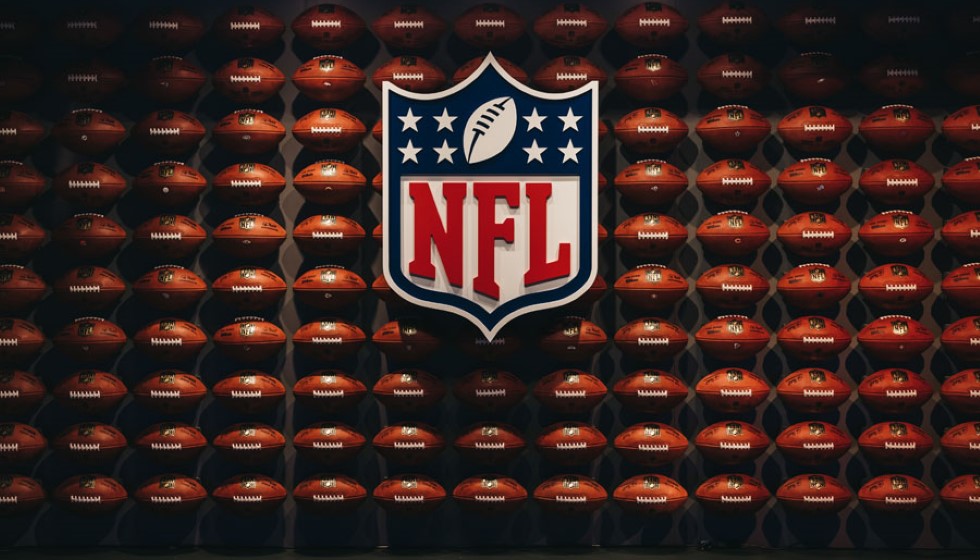
The National Football League (NFL) is a colossus in the world of professional sports, boasting 32 teams and a player roster exceeding 2200 athletes. This diverse and talented pool continually grows thanks to the league's cornerstone event—the NFL Draft. Held over three days each April, the draft is a linchpin in the league's recruitment strategy, introducing around 250 new collegiate talents into the professional realm.
The Draft Process
The draft consists of seven rounds, meticulously planned and executed over the span of three days. Teams receive picks in each round, with the order inversely related to their performance in the previous season. This approach aims to maintain competitive balance by ensuring that weaker teams have the opportunity to improve by selecting stronger players. However, the draft is about more than just raw talent; teams must consider how well a player's skills and personality fit within their specific strategy and culture.
One notable example of the draft's unpredictability and potential is Tom Brady, who was selected 199th in 2000 and would go on to become one of the greatest quarterbacks in NFL history. Brady's journey from a low round pick to a superstar athlete exemplifies the draft's significance and the fact that success can emerge from any round, not just the early ones.
Trading and Strategy
Another critical aspect of the draft is the ability for teams to trade picks, a tactic that adds a layer of strategy to the event. Through trades, teams can maneuver within the draft to select players who might fit their needs more closely or accumulate more picks to increase their chances of finding valuable players. This trading dynamic makes the draft not only a test of scouting and evaluation but also of foresight and negotiation.
Impact Beyond the Draft
Yet the draft is not the sole avenue for recruiting new talent. Players who are not selected—known as undrafted free agents—can still be signed by teams and make significant impacts in the league. The presence of these undrafted players underscores the importance of thorough scouting and evaluation, as valuable contributors can often be overlooked during the draft itself.
This blend of drafted talent and undrafted potential is crucial for maintaining the league's competitive balance. By giving every team a chance to refresh and strengthen their roster annually, the draft plays an indispensable role in ensuring that the NFL remains unpredictable and thrilling.
The Future of the Draft
As the NFL continues to evolve, so too does the draft. Technological advancements and a deeper understanding of player evaluation and development are likely to enhance the process even further. However, the core principles that make the draft an essential event in the NFL calendar—the search for talent, the strategy involved in selection and trading, and the opportunity it presents for every team to improve—will undoubtedly remain the same.
In conclusion, the NFL Draft is much more than a mere selection of the next generation of players. It is a multifaceted event that requires teams to carefully consider not only a player's ability but how they fit within a team's broader strategic framework. The draft's structure, allowing for trades and valuing late-round picks as potential sources of talent, contributes significantly to the league's competitive balance. With success stories like Tom Brady serving as inspiration, the NFL Draft remains a testament to the idea that greatness can come from any round, making it an event that consistently captures the imagination of fans and analysts alike.